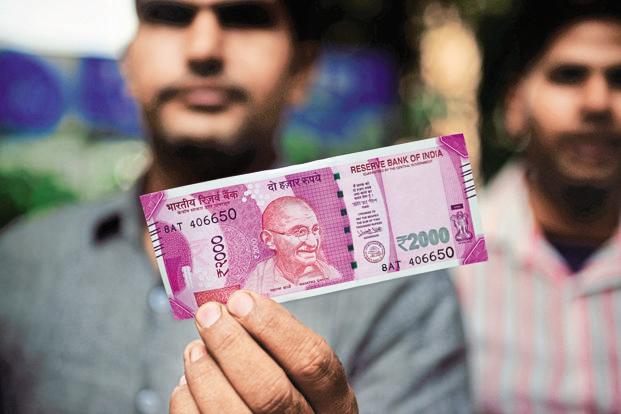
Indian Demonetization & Real Effects
by Mauricio Ulate, Rupal Kamdar and Walker Ray
On November 8, 2016, India stopped accepting all 500 and 1,000 rupee (approximately 7 and 15 dollars) notes, its two largest bills, as legal tender. This removed about 86% of cash in circulation. New 500 and 2,000 rupee notes were eventually issued, but the process of printing them and getting them distributed to the states took longer than anticipated. Around 98% of transactions in India occur in cash, so demonetization had profound consequences, with long queues at banks, low daily limits on withdrawals of the new bills, and certain sectors of the economy slowing down significantly. The move was done for motives related to counterfeiting and money laundering and, as such, was unrelated to the state of the Indian macro-economy. This is why it could serve as a natural experiment to study the real effects of monetary shocks, price rigidities and relative substitution patterns following a liquidity crunch. This project intends to use disaggregated data on prices and quantities of different consumption categories across regions in India to study these interesting topics. Preliminary results on the prices of agricultural goods seem to indicate that prices respond strongly and somewhat persistently to demonetization.

Topics
Development, Capital flows
Initiatives
International Trade & Development, Financial Globalization
